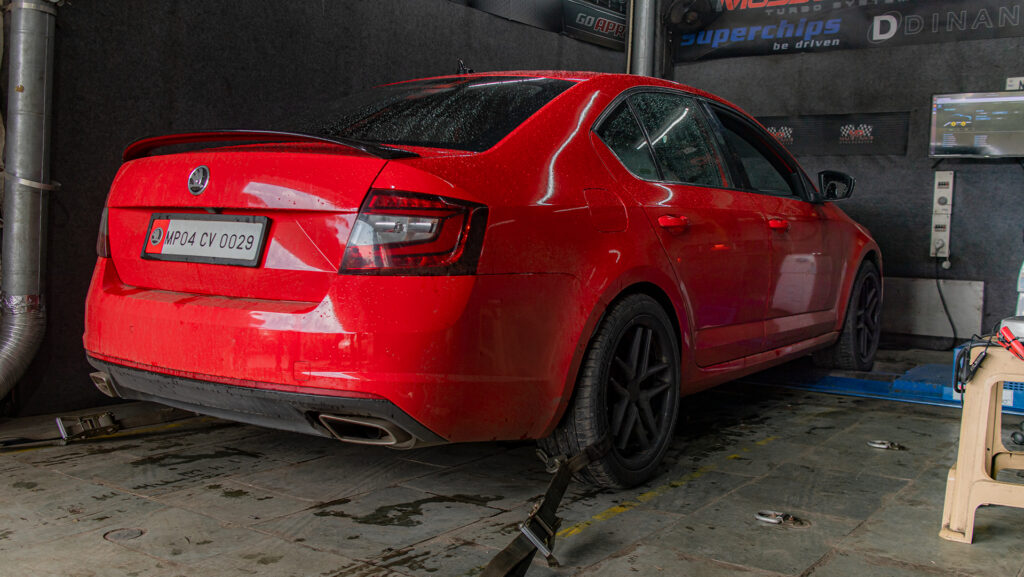Power, speed, performance, engines and tuning are all important factors. All of us want our cars to go faster; heck, me too. But there are some that don’t—the manufacturers and every government on this planet, With emissions norms and factory-locked ECUs, the life of a tuner is a hard one. Why is that!? Why do manufacturers go to such lengths to lock the ECUs of cars, and why can’t they just hand us an unlocked ECU for us to tinker with?
Let’s start with the basics. There are a lot of terminologies thrown around on the web, so we are starting from the beginning!

ECU stands for “Electronic Control Unit,” which is a broad name for the various computers in your car.
Modern cars have multiple computers (ECUs) that all have dedicated tasks, for example:
- Engine = ECM
- Transmission = TCM
- Body = BCM
You’ll also find some places that refer to engine and transmission computers differently, where they are commonly noted as ECU and TCU.
For today, in this video, we will be referring to locked ECMs and TCMs and simply calling them ECUs.

Now let’s talk about what I mean by “locked.” When reading or writing to an ECU, it requires a password to be entered first before you are allowed access.
Think of an ECU like a smartphone: you need to put in the password first before you can view messages (read files) or take photos (write a new file).
ECUs are exactly the same; without the correct password, you cannot read or write tunes!
Also, just like on a smartphone, you need to put in the correct key every time you want to make a change, so entering the password is not “permanent,” it needs to be done every time.

When a ‘tune’ gets locked, what is actually happening is that a custom password is entered into the ECU. This means when commercial tuning software tries to read or write a new tune, it is rejected by the ECU since the default key they entered is incorrect.
Realistically, you probably don’t need to know more than what you have learned so far, but this is The Driver’s Hub, and you want to understand what’s actually happening with locking and unlocking.
So, we have spoken about a key (password) that needs to be entered before getting access to the ECU. What you probably didn’t realise is that even when there is no ‘tuner lock’, there is actually still a key on the ECU, and this still needs to be entered in to gain access!
Commercial tuning products enter this in automatically; generally, you will see a little bit of text saying “Negotiating Security” or something similar.

Each ECU has a different key, so your next question should be, How do they know what key to enter? Well, the ECU actually sends a ‘hint’ (also known as a seed), which is used to calculate the key. This is essentially the way the cookie crumbles in the aftermarket tuning industry, it is fair to say that tuning complex machines that are internal combustion engines is no easy affair. we recommend you to do thorough research and choose a tuner you trust, preferably one that can easily access your car wherever you’re located; after all, he will mostly be the one responsible if things go sour, with emphasis on IF.








